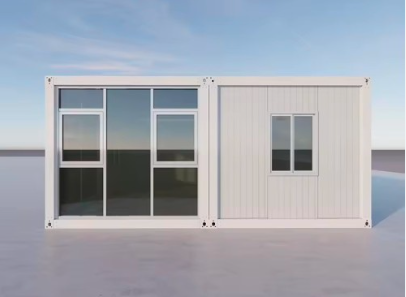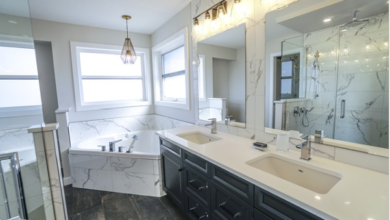Flat Pack Container House: A Modern Housing Solution

Introduction
Flat pack container houses are gaining popularity as a versatile and cost-effective housing option. These prefabricated structures offer a sustainable, portable, and easy-to-install solution for residential, commercial, and industrial use. Their compact design allows for efficient transportation and quick assembly, making them an ideal choice for modern living.
Benefits of a Flat Pack Container House
1. Space-Efficient and Portable
Flat pack container houses are designed to be compact and lightweight, allowing for easy transportation. Their stackable nature makes storage and shipping more efficient, reducing logistical costs.
2. Quick Assembly and Installation
Unlike traditional construction, which takes months or years flat pack container house can be assembled in just a few hours. This makes it a preferred choice for emergency housing, temporary offices, and disaster relief efforts.
3. Cost-Effective Housing
Flat pack container houses are significantly more affordable than conventional buildings. With reduced material costs, minimal labor requirements, and faster construction times, they provide a budget-friendly solution for homeowners and businesses.
4. Strong and Weather-Resistant
Built from high-quality steel and insulated panels, flat pack container houses are highly durable and can withstand extreme weather conditions such as heavy rain, strong winds, and earthquakes.
5. Sustainable and Eco-Friendly
These houses contribute to sustainability by using recyclable materials and reducing construction waste. Many models can also integrate solar panels, rainwater collection systems, and energy-efficient insulation for a greener lifestyle.
Uses of Flat Pack Container Houses
1. Emergency Shelters
During natural disasters or humanitarian crises, flat pack container houses provide a fast and reliable housing solution for displaced individuals.
Read also: selling homemade food online using Zomato
2. Affordable Housing Projects
Governments and NGOs use flat pack container houses to create low-cost housing communities for people in need.
3. Portable Offices and Workspaces
Construction sites, oil fields, and remote work locations benefit from flat pack container houses as they provide a convenient and mobile office solution.
4. Military and Defense Facilities
Flat pack container houses serve as temporary barracks, medical units, and command centers for military personnel stationed in remote areas.
5. Hospitality and Tourism
Many eco-resorts and temporary event spaces use flat pack container houses as guest accommodations, providing travelers with a modern and sustainable stay.
Features to Consider in a Flat Pack Container House
1. High-Quality Materials
Look for houses made from durable, corrosion-resistant steel and properly insulated walls to ensure long-term use.
2. Energy Efficiency
Opt for models with energy-efficient windows, insulated walls, and solar panel compatibility to reduce energy consumption.
3. Customization Options
Many manufacturers offer flexible designs, allowing buyers to modify the layout, add extensions, or personalize interiors.
4. Security and Safety
Choose models with reinforced doors, secure locking mechanisms, and fire-resistant materials for enhanced protection.
5. Expandability
Some flat pack container houses can be connected to create larger spaces, making them suitable for growing families or businesses.
Future of Flat Pack Container Houses
With increasing urbanization and the need for sustainable housing, flat pack container houses are expected to become even more popular. Innovations in smart-home technology, energy efficiency, and modular designs will further enhance their appeal.
Conclusion
Flat pack container houses offer a modern, flexible, and eco-friendly alternative to traditional housing. Whether used for emergency shelters, office spaces, or vacation homes, their affordability, durability, and quick assembly make them a smart choice for various applications. As housing demands evolve, flat pack container houses will play a crucial role in meeting the needs of the future.




